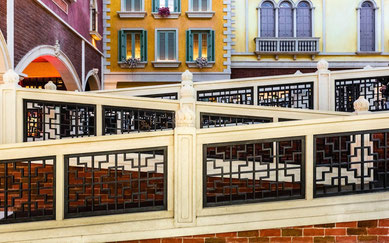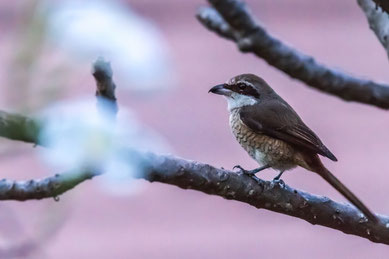
The ISO in photography is one of the way to control the exposure of a photo, and high ISO can be very helpful for that, but there is a lot of wrong beliefs about high ISO.
Nowadays taking photographs at very high ISO is easier than in the beginning of the digital photography, but we still have this noise problem when we push the ISO very high, which made the look of the photographs grainy if not very grainy.
If you convert your picture in black and white photo, it's not a big deal, it might even give a nice old fashioned character to the picture.
But we do not want all our pictures in black and white, and here start the problem with a photograph in colors, when you have so many noise that nothing is not sharp anymore or the colors are not anymore natural with strange colored artifacts appearing everywhere on the photograph.
So which solution do we have to counter the effect of using those very high ISO ?
You might not believe it, but the photographic solution come back from the film's days when we want to bump up those ASA films during we were developing them in the Lab!
For the younger you might not recall it, but for those like me which was developing their own films, everything started when we was taking the picture, not after, not during the development, but during the shooting, meaning the setting of the camera was very important to bump up the ASA, and a different way to develop the film in the Lab !
How can we apply this ancient film technique to the digital photography nowadays ?
Exactly in the same way !
For sure there is a bit differences, but you will see, not really. In fact the difference between the two photographic techniques is so insignificant that we can say "it's like going back in the film days".

First at all you should know what your camera produce at high ISO if you want to shoot with those setting, you also need to know if the quality of the light is good or not, i consider a good light an outdoor light, with no or little overcast, usually for picture taken under some shadows might need you bump up in high ISO, in all cases you need to search contrast, in good or bad lighting.
Do not forgot, it's for extreme ISO, you might need to re-think what is a good light for those extreme high ISO.
Before i continue with explanations, i give you a list with 2 different cameras about what my setting are, and after i'll get you back with the explanations.
With the Canon EOS 5D Mark III :
- Between ISO 2000 and ISO 4000, i might increase the Exposure Compensation about 1/3rd, and i say "might" depending about the quality of the light, outdoor i do not increase usually, indoor i might doing it quite often.
- Between ISO 4000 and ISO 6400, i do increase in all cases the exposure compensation between 2/3 and +1, depending of the quality of the light.
- At ISO 12800 and above, i do always increase the exposure compensation at a minimum of +1 ... systematically !
With the Canon EOS 7D :
- Between ISO 800 and ISO 1200, i increase the exposure compensation about 1/3rd to 2/3rd depending of the light.
- Between ISO 2000 and ISO 4000, i increase the exposure compensation about 2/3rd, some time +1, like usual depending about the quality of the light.
- Between ISO 4000 and ISO 6400, i increase the exposure compensation about +1, even some time +1 and 1/3rd.
- In H mode (ISO 12800), i increase the exposure compensation a minimum of +1 and 2/3rd.

Why to "over" expose a photograph if you are already in very high ISO, it might be worst... no?
No, because the noise (all the grainy things) is mainly made in the dark and the shadow zones of the photo!
After in post processing, and we do not shoot at those extreme ISO without post process a picture, so after in post processing, it
will be a lot easier to work on the grain's artifacts!
Remember ? like in the film days ? setting on shooting first !
After, in post processing what you will do ? Two options : first you bring down the "lighted" shadows, and admire the miracle to see most of the noises in the shadows disappear, or you can bring down the exposure to see almost the same effect, but by doing the second option you are bringing down all the exposure of the picture, i do prefer the first solution.
For sure you have to work on the noise, a bit, but it's a lot more easier and you keep more "matters" in the subject than without using the exposure compensation.
If you like this page let me know it in a comment below (read the rules) and don't forget to share it now on your favorite social media.
Thank you for your support.

Write a comment
Kyle (Thursday, 12 March 2015 21:53)
Nice tip here, thank you for sharing
Ted of the Sea (Friday, 13 March 2015 03:48)
Wow-you blew my mind! I was transported back 20 years to the last time I exposed film and developed it. Makes perfect sense to think about this this way with RAW instead of silver. Merci beaucoup monsieur